Slender West Lake
Slender West Lake, formerly known as Guarantee Lake, is located in the northwest suburb of Yangzhou City, Jiangsu Province, with a total area of 2,000 mu, a water area of 700 Mu and a tourist area of 100 hectares.
The name "thin West Lake" was first recorded in the literature as "Preface to Yangzhou Advocacy Ci" written by Wu Qi in the early Qing Dynasty: "Tongping Mountain Hall with one water in the north of the city, named as thin West Lake, its original name is"Guarantee Lake". In the first year of Qianlong (1736), Wang Yuanmuming, a poet of Qiantang (Hangzhou), came to Yangzhou. After enjoying the beautiful scenery here, he compared it with the West Lake of his hometown. He wrote poems: "The drooping poplar continues to catch up with the remaining Wuhu, and the Yanfang Hongqiao draws pictures." It is also a pot of gold, so it should be called thin West Lake.
Slender West Lake has formed a basic pattern during the Kangqian period of the Qing Dynasty, and has the reputation of "the prosperity of gardens, first in the world". Slender West Lake is divided into 14 major scenic spots, including Wuting Bridge, 24 Bridges, Lotus Pool, Diaoyutai and so on.
In 1988, the Slender West Lake was listed by the State Council as a "National Key Scenic Area with Important Historical and Cultural Heritage and Landscape Characteristics of Yangzhou". In 2010, it was awarded National AAAAA Tourist Scenic Spot . In 2014, it was listed on the World Cultural Heritage List
Slender West Lake was originally named Guarantee Lake. During the Qianlong reign of the Qing Dynasty, salt industry flourished in Yangzhou. Because of its age and silting of the lake, salt merchants invested in dredging and built many pavilions and pavilions on the East and West coasts.
Slender West Lake is a belt-like landscape connected by the city hawks of Sui, Tang, Five Dynasties, Song, Yuan, Ming and Qing dynasties, and has always maintained an interactive relationship with the Grand Canal.
After twenty years of Jiaqing in Qing Dynasty (1815), salt industry in Yangzhou declined, and gardens on lakes were gradually depressed and abandoned.
The Slender West Hubei Section (Jiuquchi to Xichuntai) is the first line of Haocheng in Tang Luocheng, and the Lianhua Yongxin River was harnessed in the 22nd year of Qing Qianlong; the Southern Section (Xiaojinshan to Dahong Bridge to Tonger Erdao River) is the Xicheng Hao in Song Dacheng; and the Middle Section (Lianhuaqiao to Xiaojinshan) is the ten-year tour of Yin Huiyi and Qianlong in Qing Yongzheng. Yanyu Shigaoheng presided over the opening of dredging successively, and the Lotus Bridge was called the Lotus ridge New River in the West and built the Lotus Bridge.
During the Taiping Heavenly Kingdom, Slender West Lake experienced war and fragmentation. During the Guangxu period, Wuting Bridge and Xiaojinshan were restored.
In the ninth year of the Republic of China, Chen Chenshuo, a squire, built Fuzhuang on the east side of Wuting Bridge.
In December 1958, Yangzhou Municipal People's Committee formulated the plan for the thin West Lake Reservoir, mobilized the masses to excavate the thin West Lake, and then stopped work.
In the spring of 1980, in order to welcome Japan's National Treasure Awareness Tour, the Municipal Revolutionary Committee mobilized units to raise funds to organize suburban farmers to dredge the river bed about 4 kilometres west of Beicheng River (west of Xinbeimen) and at the foot of Damingshi Mountain, and to widen the lake surface from Lianhua Bridge to Xichuntai, excavating 62,000 cubic metres. After that, the 24 Bridges, Xichuntai and Rolling Stone Cave were restored.
In 2007, Siqiao Smoke and Rain, Shibi Liusheng and other scenic spots were restored.
In 2007, Wanyuan Garden was rebuilt in Slender West Lake.
Since 2008, the Slender West Lake Ten Thousand Flowers Conference has been held once a year.
Location context
Slender West Lake is located at 28 Dahongqiao Road, Weiyang District, Yangzhou City, Jiangsu Province. It lies between Shugang and the city. It begins at Qianlong Imperial Wharf and ends in Pingshan Tang and Guanyin Mountain of Shugang in the north. It covers an area of nearly 2000 mu, of which the surface area is 700 mu.
climate
Thin West Lake belongs to the transition zone from subtropical monsoon humid climate to temperate monsoon climate. It has four distinct seasons, abundant sunshine and abundant rainfall. The prevailing wind direction changes obviously with the seasons.
hydrology
Slender West Lake waters, North Daming Temple Shugang Mountain foot, south to Xichuntai two branches, a southwest through Niansi Bridge to Artemisia River, a straight east to Xiaojinshan two branches, a small Jinshan north through Changchun Bridge to Friendship Bridge to Chaohe, a small Jinshan along Changdi Chunliu Nanda Dahong Bridge to Ximen River, looming. It's about 3.3 kilometers long. Among them, Daming Temple Shugang - Chuntai - Lianhuaqiao - Xiaojinshan - Dahongqiao is the main waters where scenic spots are concentrated. Generally, the water depth is 1.5 meters, the maximum water depth is about 2.5 meters, the lake water is light green, showing a neutral reflection, pH value is 7.0; the bottom is gray silt, soft, containing more organic matter.
origin
The name "thin West Lake" was first recorded in the literature as "Preface to Yangzhou Advocacy Ci" written by Wu Qi in the early Qing Dynasty: "Tongping Mountain Hall with one water in the north of the city, named as thin West Lake, its original name is"Guarantee Lake". Wu Qi (1619 - 1694), a native of Yangzhou, Zi Yuanzi, Xiao Yingweng. Born in the late Ming Dynasty, he was a poet in the early Qing Dynasty. It can be seen from the book that Slender West Lake was named in the early Qing Dynasty, probably because its waterway was long and winding, and located in the northwest of Yangzhou City, so it was called "Slender West Lake".
In the first year of Qianlong (1736), Wang Yuanmuming, a poet of Qiantang (Hangzhou), came to Yangzhou. After enjoying the beautiful scenery here, he compared it with the West Lake of his hometown. He wrote poems: "The drooping poplar continues to catch up with the remaining Wuhu, and the Yanfang Hongqiao draws pictures." It is also a pot of gold, so it should be called thin West Lake. The poem describes the scenery and prosperity of the thin West Lake area. In the poet's eyes, Yangzhou is as prosperous as Hangzhou, so it is called "Golden Pot". By comparing with the West Lake in Hangzhou, it is considered that the name of the thin West Lake is indeed vivid and appropriate.
In 1988, it was listed by the State Council as a "national key scenic spot with important historical and cultural heritage and garden characteristics of Yangzhou".
In 2010, it was awarded the highest gold content honor in China's tourism industry - National 5A tourism scenic spot, and also the first national 5A tourism scenic spot in Yangzhou.
In April 2012, the Slender West Lake Scenic Area was awarded the title of Advanced Collective Honor of the National Tourism System.
In March 2013, Yangzhou Slender West Lake won the "Tourist's Favorite Scenic Spot" Award.
In December 2013, it was awarded the Seventh National Key Cultural Relics Protection Units by the State Administration of Cultural Relics.
In June 2014, it was listed on the World Cultural Heritage List.
lotus festival
In the whole process of design and layout, the summer lotus exhibition of Slender West Lake focuses on the theme cultural connotations of scenic spots, uses the decoration and framework of classical elements to enhance the overall exhibition quality, and takes lotus as the leading role, lotus culture as the main line, carefully plans and organizes a series of activities , to enhance the connotation of "lotus" culture. There are four main exhibition areas: Nanmen and Xuyuan Park, Wuting Bridge, Xichuntai and Wanyuan Phase I and II. A total of nearly 200 varieties of lotus are displayed, including Shaoxing Honglian, Jiaolong Sanchang, Apricot Spring Rain, Basalt Honglian, Daiqiang Lip, Xiaobitai, Fenlinglong and so on.
Plum blossom Exhibition
In Yangzhou, where "planting flowers in ten miles counts planting fields", plum blossoms were planted very early. It is recorded that Emperor Yangdi of Sui built a lost building in Yangzhou and plum blossoms were planted in the building. Every year, the Slender West Lake holds an exhibition of plum blossoms. There are many places to appreciate plum blossoms in Yangzhou. Pingshan Hall in Yangzhou is the favorite place for people to appreciate plum blossoms because of its long history and strong cultural atmosphere. In the prosperous period of Kangxi and Qianlong, one of the 24 scenic spots in the Slender West Lake scenic area, Meiling Spring Deep, was also the place where the ancients traveled in search of plu
Orchid Exhibition
The annual provincial Cymbidium exhibition is a grand event in the orchid industry of Jiangsu Province. Cymbidium is one of the oldest and most popular orchids cultivated in China. It is often called "Hui" in ancient times. Jiangsu is warm and humid, Yilan is alive and well, and the people gather together, and the Irish wind is flourishing. The main activities of the Cymbidium exhibition in Slender West Lake include the exhibition and evaluation of Cymbidium varieties, the national famous orchid painting and calligraphy exhibition, and the popular science exhibition of orchids. In order to promote orchid culture, popularize orchid knowledge, display Yangzhou style, let Chinese and foreign tourists and local residents contact more orchid cultivation experts, orchid friends, promote the prosperity of Yangzhou flower culture
Chrysanthemum Association
In order to inherit the tradition of planting chrysanthemum and admiring chrysanthemum in Yangzhou, protect chrysanthemum resources and promote chrysanthemum culture, the scenic spot holds chrysanthemum fairs every autumn. In the layout, various groups of small garden sketches with chrysanthemum theme are set up, and the bonsai-style matching concept is used to highlight the charm of classical gardens. At the same time, we organize various activities to enhance the interest of citizens and tourists, and show the greatest novelty.
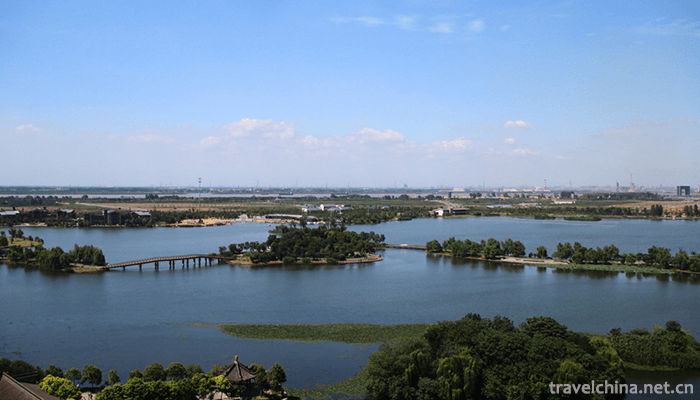
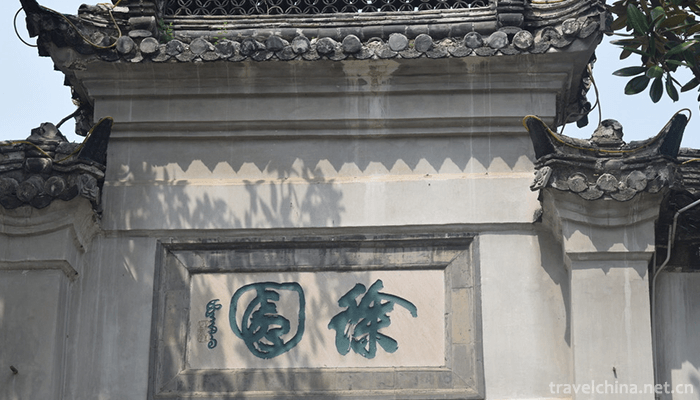

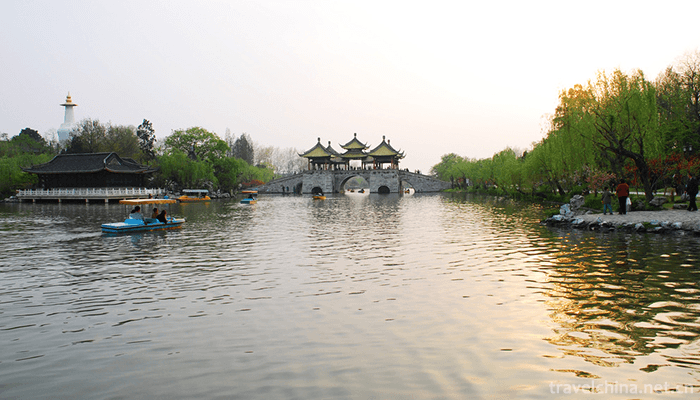
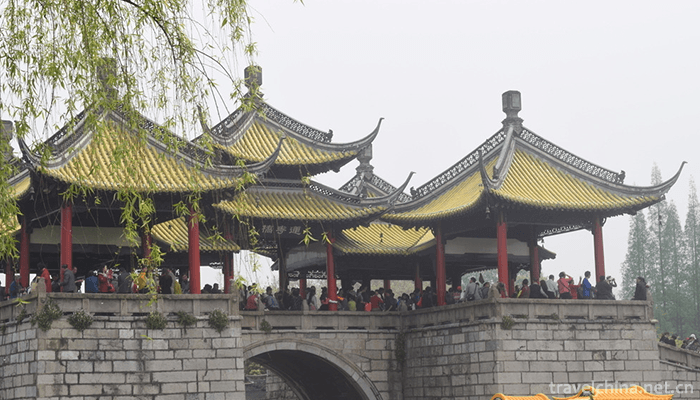
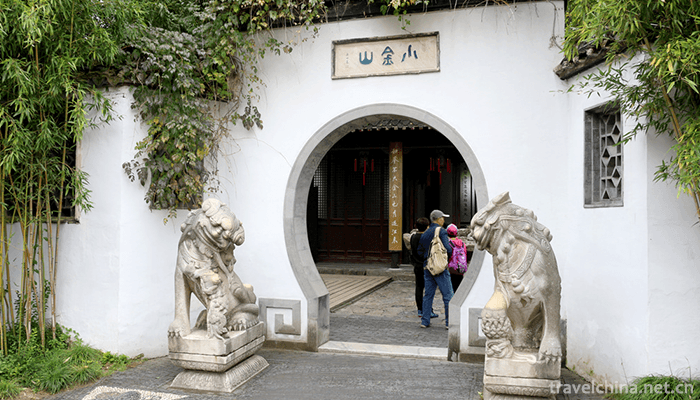
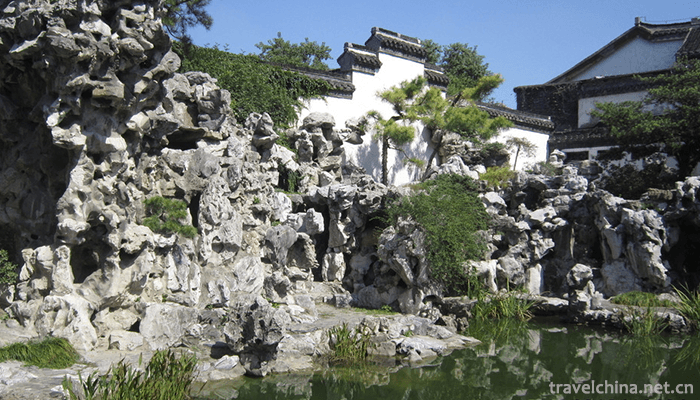
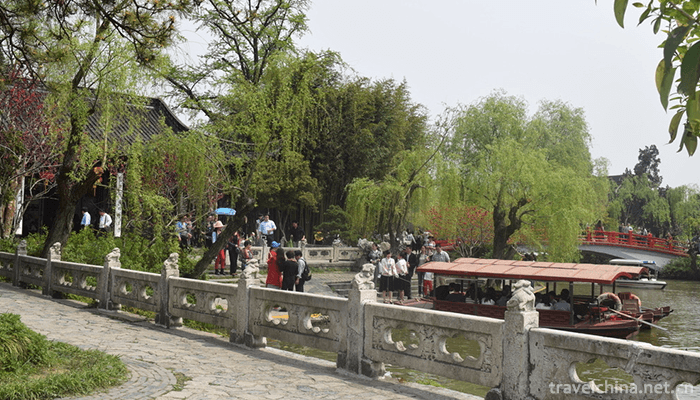
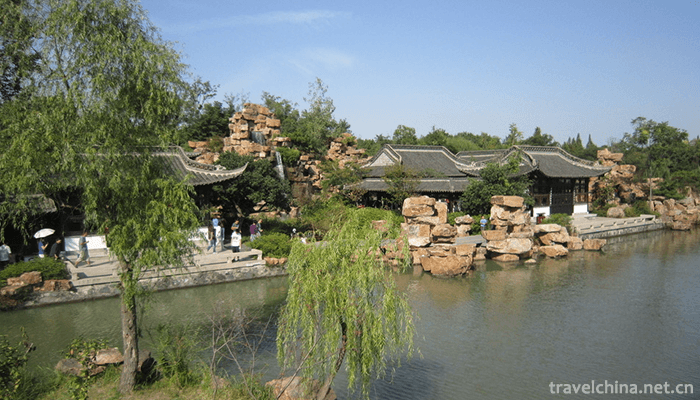
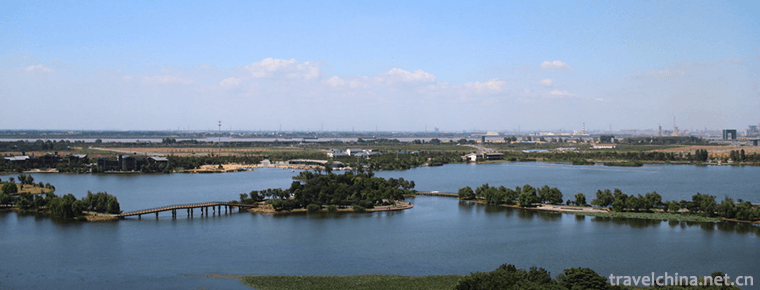
-
1.Mount Song
Songshan, known as the "foreign side" in ancient times, Xia and Shang Dynasties as "lofty" and "Chongshan", Western Zhou Dynasty as "Yue Shan", Songshan as the
Time 2018-10-30 -
2.Mixed Congee
Eight treasures, also known as Laba porridge, porridge, Chinese traditional festival food. It is a gruel made from a variety of ingredients in Laba. Chinese scholars in the Southern Song Dynasty
Time 2018-11-02 -
3.Avanti
Avanti, also translated by the Albanian side, (Uygur "Mr." means, Arabic: Juha or Nazar Ding), is a person active in Islamic nationalities from Morocco in the west to Xinjiang in China.
Time 2019-03-28 -
4.Korean Costume
Korean costume, Korean traditional folklore, one of the national intangible cultural heritage.
Time 2019-04-16 -
5.Jiali Folk Stories
On May 23, 2011, Jiali Folk Stories were approved by the State Council to be included in the third batch of national intangible cultural heritage list.
Time 2019-05-05 -
6.Guozhuo Dance in Shannanchang
Shannanchang Guozhuo Dance is a kind of waist drum, which originated in Dabu (now Jiacha) area. Legend has it that in the mid-eighth century, with the help of Buddhist masters such as lotus and peanut
Time 2019-06-13 -
7.Shouning North Road Drama
Shouning North Road Opera, commonly known as Fujian Random Bomb and Hengshao Opera, came into being after Random Bomb entered Fujian in the mid-Qing Dynasty, such opera troupes as road work, off-road
Time 2019-06-15 -
8.Traditional Brewing Techniques of Distilled Liquor
Distilled liquor brewing is to first make grains, potatoes and other starch-rich or sugar-rich raw materials into grains (no filtered wine) or fermentation into grains (turbid wine), and then distille
Time 2019-07-25 -
9.North China University of Technology
North Polytechnic University was founded in 1946. Its predecessor was the National Beiping Advanced Industrial Vocational School. It was renamed Northern Polytechnic University in 1985 and has been ma
Time 2019-09-06 -
10.Beijing Dancing Academy
Beijing Dance Academy is a full-time ordinary college with the main task of training high-quality dance talents, high-level dance theory research and creation of works. The school, formerly Beijing Da
Time 2019-09-06 -
11.Cao Bin
Cao Bin (931 - 999 years), Zi Guohua, really decides Lingshou (now Hebei). Northern Song Dynasty The founding fathers.
Time 2019-09-15 -
12.Leshan peoples life
By the end of 2018, the per capita disposable income of rural residents in Leshan City was 15173 yuan, an increase of 8.9%, and the per capita living consumption expenditure was 12309 yuan, an increase of 9.5%. The per capita disposable income of urban residents
Time 2020-12-17